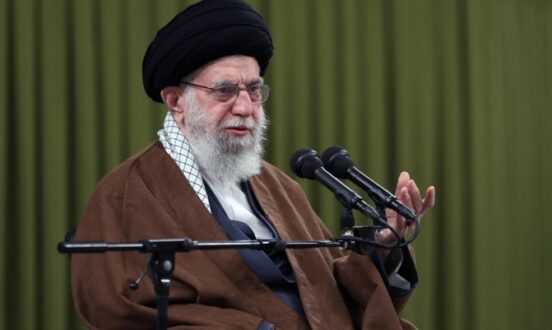Iranwire – The Iranian government has announced that it will soon implement a controversial project proposed by Supreme Leader Ali Khamenei to sell unused or low-productivity public assets, with the stated goal of generating wealth.
Considering the ingrained level of corruption within the Islamic Republic, this project to sell “surplus” properties potentially worth billions of dollars to the private sector has been met with alarm among the public.
The resolution on “Making Government Properties Productive” was backed by Khamenei on November 12, 2022, and was later approved by the Supreme Council of Economic Coordination, a body comprising the heads of the three branches of the government.
Judicial Immunity, Blank Check
According to the text of the resolution published on the news website of the government, a seven-man commission will be given a free hand to decide which assets are to be sold, for what price and to whom.
All its members and those carrying out their decisions will enjoy absolute judicial immunity.
Commission members will include First Vice President Mohammad Mokhber, Economy Minister Ehsan Khandouzi, Interior Minister Ahmad Vahidi, Minister of Roads and Urban Development Mehrdad Bazrpash, Planning and Budget Chief Massoud Mir-Kazemi, a representative of the speaker of the parliament and a representative of the head of the judiciary.
Mokhber will head the commission and Khandouzi will be its secretary.
The resolution will be valid for two years.
A Bottomless Treasure Trove in the Hands of Seven Officials
No estimates have been published regarding the total value of “surplus” government properties, but it is potentially considerable.
The resolution published on the government’s website lists a wide range of government properties that could be sold to the private sector: “Ministries, government companies, for-profit organizations affiliated with the government, state-owned banks and credit institutions, government insurance companies and government entities that must be directly identified…such as the Ministry of Agriculture, National Oil Company, National Gas Company, National Petrochemical Industries Company, the Industrial Renovation Organization, the Central Bank of the Islamic Republic of Iran, Ports and Maritime Organization, the Industries and Mines Development and Renovation Organization and other companies controlled and managed by the government or by the above-mentioned entities.”
On January 28, Khandouzi announced that 990 government properties are “ready” for what the government calls “becoming productive,” meaning that they could be sold. According to the economy minister, 470 of these unused properties belong to the Agriculture Ministry and 520 to the Education Ministry. These properties are part of 631 unfinished projects of the Agriculture Ministry and 1,649 unfinished educational centers that the Education Ministry was to build.
A Failed Project under a New Name
The looting of the Iranian nation’s wealth by the Islamic Republic has a long history.
The so-called privatization project implemented in the early 1990s saw the transfer of state companies to the private sector through opaque negotiation and bidding processes. The plan almost exclusively benefited the Revolutionary Guards, military organizations, security agencies and well-connected individuals.
There are deep concerns that the new project to make unused government assets productive will once again lead to the plunder of national wealth at a time when the country grapples with economic difficulties and rocketing inflation.
 Shabtabnews In this dark night, I have lost my way – Arise from a corner, oh you the star of guidance.
Shabtabnews In this dark night, I have lost my way – Arise from a corner, oh you the star of guidance.



